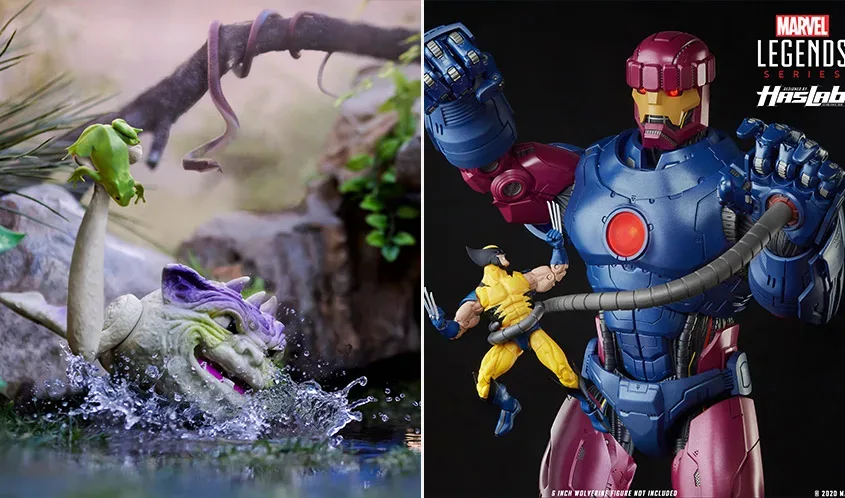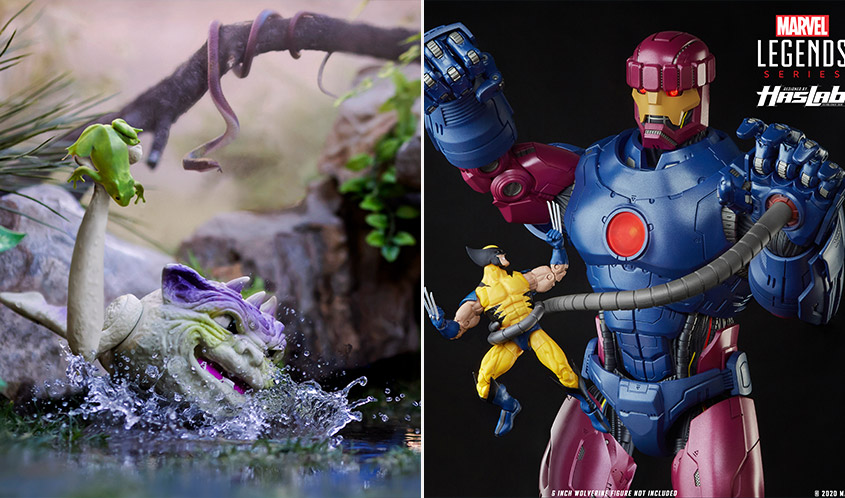
How toy companies are leveraging crowdsourcing for funding, content, and fostering community.
Imagine if LEGO produced a cheesy, ‘80s-inspired action series called LEGO Neon, which follows a character named Dan Clash who embodies all the action tropes of that era. Or perhaps picture a new line of building sets called LEGO Heroes of Olympus, featuring LEGO versions of the Greek gods having a great time until Hades comes along.
Neither of these brick-based brands has been produced by The LEGO Group, yet they both have dozens of well-developed characters, storylines, locations, and more.
They are two of the most popular concepts on LEGO World Builder, a web platform that LEGO launched last August on which fans can pitch, develop, and collaborate on their dream LEGO brands. However, this isn’t just a more formal version of the discussion boards you might find on a fan-made forum. The company is able to review these collaborative “world” pitches with plans to option some of them.
Utilizing consumers’ concepts is nothing new for The LEGO Group, which launched its LEGO Ideas platform a decade ago for fans to submit product concepts that — with enough community support — the company manufactures and sells. Looking back, Johnny Castrup, head of LEGO Ideas, describes the platform as “an experiment that has proven its value over time.”
Yet this is just one of many examples of how toy companies are using crowdsourcing — whether for ideas, funding, or both — as part of their creative process.
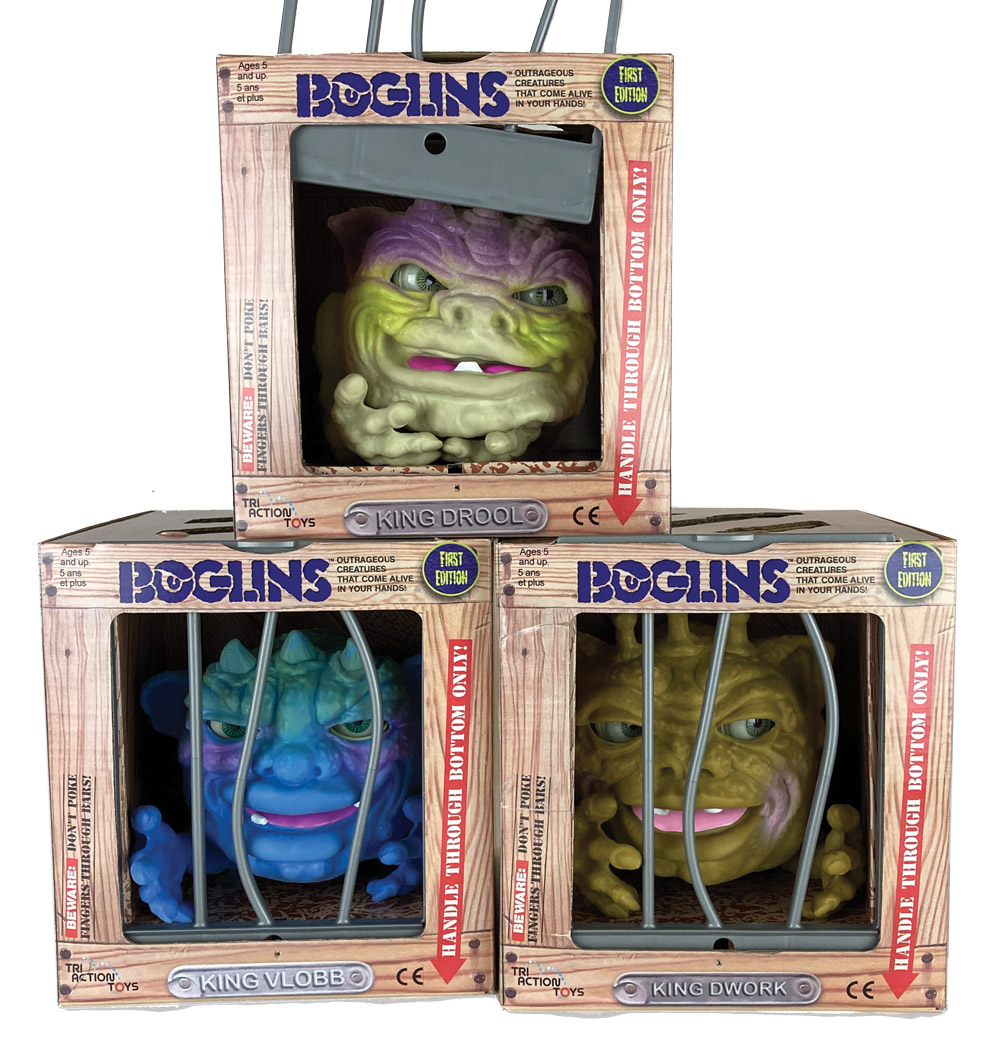
KICKSTARTING AN IDEA
Many likely think of crowdsourcing primarily as a way for independent inventors to get their projects off the ground, turning to platforms like Kickstarter and harnessing the power of the internet to get the funds they need to introduce their creations to the world.
And that was the general idea for Chris Cofoni, founder and CEO of TriAction Toys, who led a campaign to relaunch the Boglins toy brand last October. Originally released by Mattel in the ‘80s, these hand-controlled, monster figure puppets feature a rubbery body and movable, glow-in-the-dark eyes.
Cofoni needed to launch the Kickstarter campaign to get funding, as bringing back just the first three Boglins Kings was going to cost more than $300,000. While he was warned against starting his campaign in October — “the off season” — it was incredibly successful, raising $247,424 (far more than the original goal of $25,000) with more than 1,700 backers contributing funds. With this success as proof of the Boglins demand, the resurrected brand launched at retail this spring.
In addition to providing funding, Cofoni says the Kickstarter campaign truly activated the Boglins fan base. “Crowdsourcing is why we are having this conversation,” he says. “It is why I am closing in on deals for multiple international territories and planning major launches with key retail partners in 2021. Advertising doesn’t work the way it once did, so creation of content made with the goal of exciting the fan base has really worked well on Kickstarter.”
He also notes that the passionate fans who funded this project are now playing a role in the product planning and brand development, influencing which Boglins characters will be released next and creating video content that has become part of the official Boglins identity through a dedicated YouTube channel.
FOLLOWING FAN FEEDBACK
This fan influence isn’t just something unique to Cofoni’s Boglins experience. Community feedback is something that Hasbro also takes into consideration, especially with its in-house crowdsourcing platform, HasLab.
Originally launched in early 2018, HasLab offers “dream” products for collectors and fans, often large in both physical size and ambition. Similar to a Kickstarter campaign, these projects must meet a minimum number of preorders or a funding threshold by a certain deadline, or the product will not get produced.
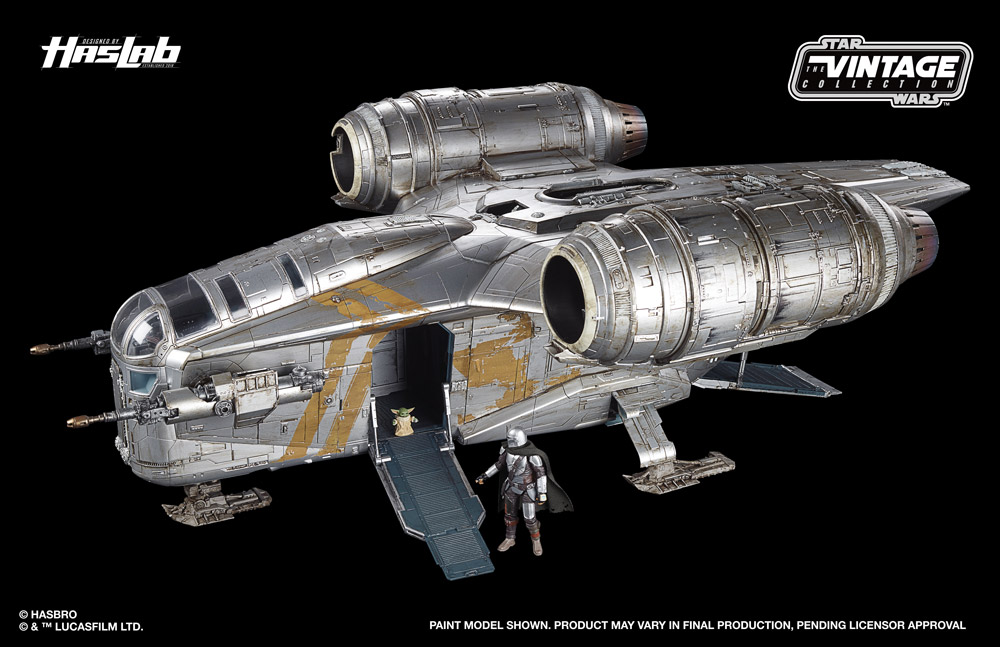
Last year, Hasbro ran three HasLab campaigns, each shattering its respective target numbers. The X-Men Legends Marvel’s Sentinel needed 6,000 backers but got 21,909; the HeroQuest Game System relaunch needed $1,000,000, but raised $3,722,649; and the Star Wars The Vintage Collection Razor Crest needed 6,000 backers, but got 28,178.
The numbers may be surprising, especially when considering that all three projects launched during the COVID-19 pandemic and the resulting economic downturn. However, Hasbro Chief Consumer Officer Eric Nyman says that — although the company can’t report specific metrics regarding the pandemic’s potential impact on the campaigns — he thinks the fan demand for products like these was simply strong enough to still make the launches a success.
“At its heart, a successful campaign is really all thanks to our passionate fans and collectors,” Nyman says. “We consistently hear requests from fans for big-ticket dream items that, up until now, have been just that — dreams. The HasLab crowdfunding platform is a way to empower fans and give them a voice to support Hasbro in producing the largest, highest quality collector’s items they have ever seen.”
While Hasbro doesn’t have an official forum in the same way LEGO does, the company maintains that spirit of fan involvement and feedback, especially for its collector-focused Hasbro Pulse items. The Hasbro Pulse teams, for example, host regular livestreams with names like Fan First Fridays and Marvel Mondays to reveal new products and provide updates, often encouraging viewers to give feedback in real-time via comments.
Nyman says that the team is constantly reading and listening to that feedback. Sometimes, it even influences the products that Hasbro offers.
“Our devoted fans know that whether it’s chatting in person with our designers at San Diego Comic-Con, tagging us on social media, or discussions on the collectors’ forums, that we are listening and hearing their comments,” he says. “When we say fans come first, it’s important that consumers know it’s not just lip service.”
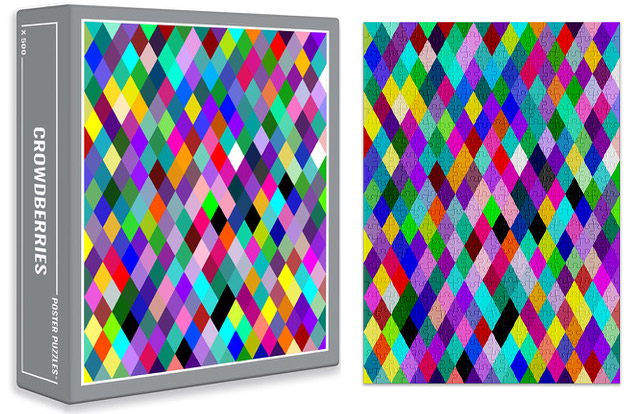
PUTTING THE PIECES TOGETHER
Another smaller company that decided to incorporate crowdsourced content into its products last year was Cloudberries, a UK-based puzzle manufacturer that makes jigsaw puzzles for adults. While putting together jigsaw puzzles is typically a somewhat solitary activity, co-founder Steve Vickers wanted to tap into the active online puzzle community.
The Cloudberries team decided to try an experiment: Let 439 strangers each pick the color for one section of a puzzle design without being able to see other users’ choices. The project required a lot of work for the small Cloudberries team, such as investing money to add the interactive, color-selecting tool to the website, but it paid off. In just over two hours, all of the colors were filled in.
“There was a big risk that the whole thing would be a flop. But the reaction online shows that people just love having the chance to take part in something collaborative,” Vickers says. “And we’re head over heels with how the puzzle looks!”
However, creating the puzzle design wasn’t the end of this crowdsourcing experience. Cloudberries reached out to its Instagram followers and email subscribers, asking for ideas for what to name the resulting design. The company got hundreds of replies (and the winner was “Crowdberries,” for the record).
“They didn’t just write a name and leave it at that,” he says. “Many of them told us stories, gave us feedback on the whole idea, or copied in friends that they thought would be interested in the idea. Puzzlers are an amazing group of people.”
This general theme of making the consumer community a legitimate voice in the product experience is something that permeates throughout all of these crowdsourcing endeavors, regardless of company size. As Castrup puts it, there is value in being an open company.
“The discovery of unexpected suggestions, combined with indication of interest from fans new and old, helps us add freshness and vibrant unexpectedness to the LEGO product portfolio and to create products that delight consumers that are new to the brand as well as our incredible fan community,” he says.
That isn’t to say that crowdsourcing is the easiest tactic for toy companies to undertake. It requires time, resources, and dedication.
“This isn’t something you should do because you want to make money,” Vickers says. “Crowdsourcing a product can be expensive, and there are lots of unexpected challenges along the way. But if you really care about your customers and want to create something unique with them, it’s worth every bit of effort.”
This article was originally published in the June 2021 edition of the Toy Book. Click here to read the full issue!

